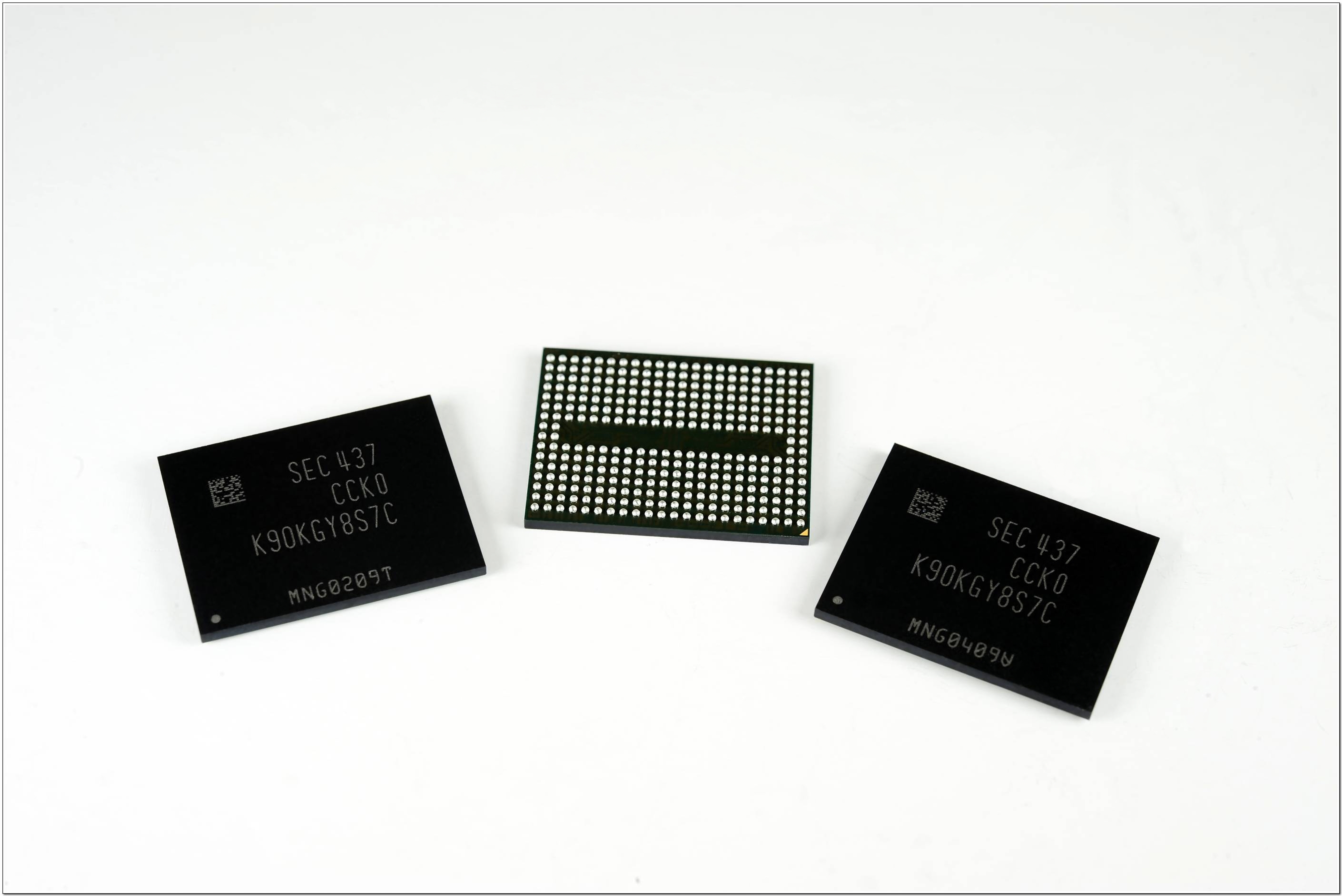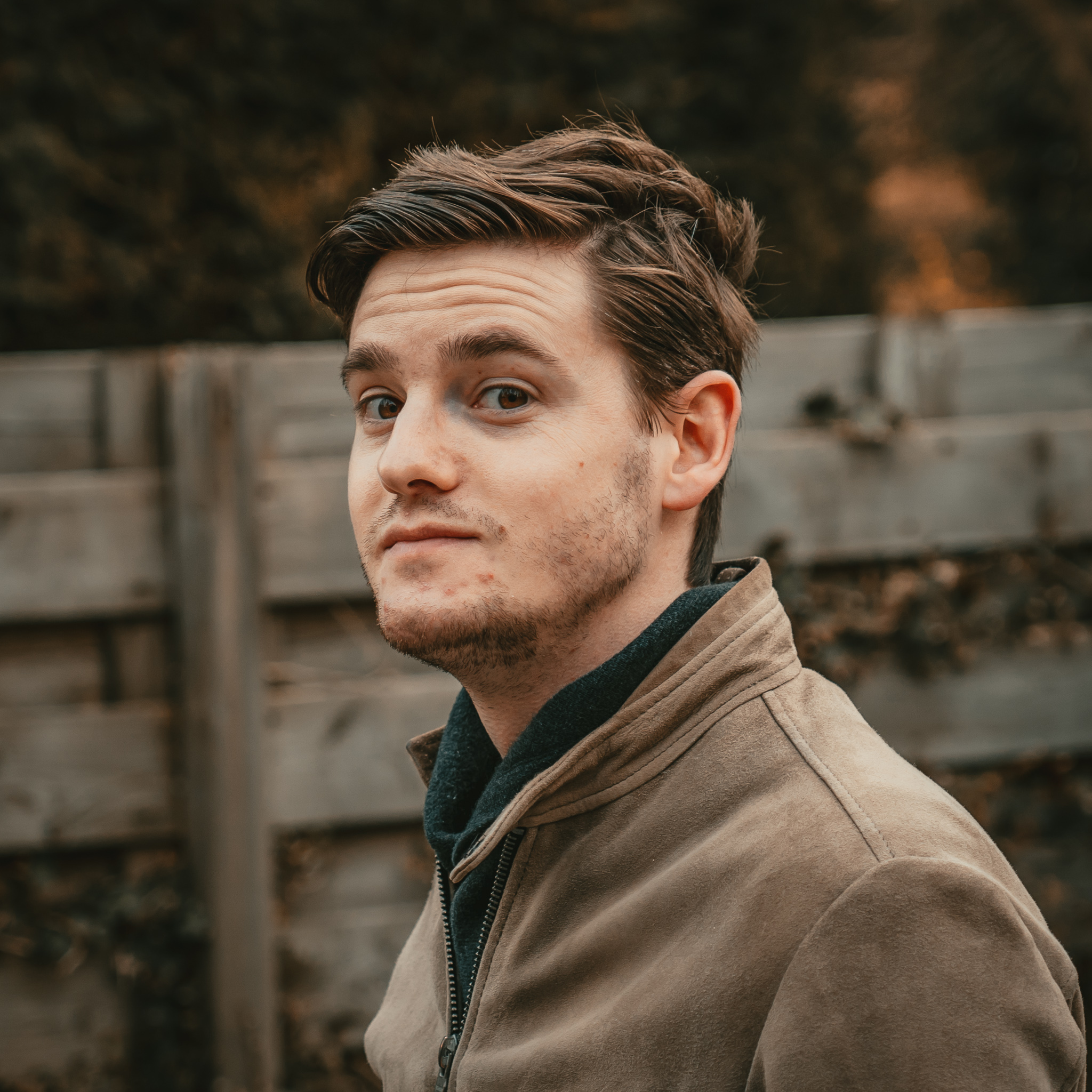Samsung Mass Producing 3-Bit Per Cell 3D V-NAND
Samsung has begun mass production of its 3-bit per cell 3D V-NAND memory.
In the consumer SSD space, the biggest obstacle for mass adoption is price. In order to get lower prices, the manufacturers have to be able to build SSDs with higher data densities, which is exactly what Samsung is doing. The company announced that it has started mass production of its 3D V-NAND flash with 3 bits per cell.
"With the addition of a whole new line of high density SSDs that is both performance- and value-driven, we believe the 3-bit V-NAND will accelerate the transition of data storage devices from hard disk drives to SSDs," said Jaesoo Han, Senior VP of Memory Sales & Marketing at Samsung.
Samsung's 3D V-NAND is essentially stacking multiple layers of memory on top of each other, expanding the data into a third dimension. Because of this, Samsung doesn't need to use a very small lithographic process, as stacking the memory allows for much higher data densities. The smaller the lithographic process, the lower the durability, which is what makes 3D V-NAND so attractive: higher data densities despite the use of a larger, more durable lithographic process.
Samsung's 850 Pro SSD that was released last summer comes with the technology, which gave it an edge in performance and durability. It is so durable, in fact, that Samsung ships them with a 10-year warranty.
However, those SSDs came with 2 bits per cell. The new flash that Samsung has put into production combines the 3D V-NAND technology (which is stacked to 32 vertical layers) with a 3-bits per cell distribution. We did see the 3-bits per cell in the 840 EVO SSD, although one of the disadvantages of 3-bits per cell memory is a shorter lifespan.
Combine 3-bits per cell and 32-layer stacked V-NAND, and you can imagine that you get very high data densities, where each chip will have a capacity of 128 Gb (16 GB), although without the immense durability of 2-bits per cell NAND. Therefore, we don't expect to see this flash go straight into a "Pro"-branded SSD, but rather an "Evo" unit. (Hmm, would this be the flash for the 850 Evo SSD we saw in September?)
Follow Niels Broekhuijsen @NBroekhuijsen. Follow us @tomshardware, on Facebook and on Google+.
Get Tom's Hardware's best news and in-depth reviews, straight to your inbox.
Niels Broekhuijsen is a Contributing Writer for Tom's Hardware US. He reviews cases, water cooling and pc builds.
-
dovah-chan Higher capacity NAND that can be made at a lower cost while being very durable is now being mass produced?Reply
I-I can't stop throwing money at the screen! -
usertests I'm hyped for post-NAND technologies, but it looks like Samsung has been extremely aggressive with V-NAND. I've heard SanDisk and others say V-NAND is 2-3 years away, but Samsung brought it to the market. Now they are expanding both the number of layers and bits per cell. The large process (40nm?) and vertical over-provisioning can offset the endurance lost by moving to 3 bits per cell.Reply
If Samsung keeps this up, it could drive down stagnant SSD pricing and deliver an existential blow to HDDs, which have also had stagnant pricing. Or at least spur them to be more competitive. -
alidan ReplyI'm hyped for post-NAND technologies, but it looks like Samsung has been extremely aggressive with V-NAND. I've heard SanDisk and others say V-NAND is 2-3 years away, but Samsung brought it to the market. Now they are expanding both the number of layers and bits per cell. The large process (40nm?) and vertical over-provisioning can offset the endurance lost by moving to 3 bits per cell.
If Samsung keeps this up, it could drive down stagnant SSD pricing and deliver an existential blow to HDDs, which have also had stagnant pricing. Or at least spur them to be more competitive.
It all depends on if adding more layers costs more than making a bigger chip.
What keeps ssd tech expensive is the size of the silicon. for an easy comparison, if there is a 10sqmm chip, if stacking another layer costs less then adding another 10sqmm, you will see chips get cheap, potentially knocking on hdds door sooner than i anticipated (currently, they would meat the price per gig of the best hdds at about 7-10nm, but that number was calculated several months ago)
im really curious about stacking when it comes to everything, because of the possibilities it enables, but what i want to know right now, is the cost. -
cryoburner I suspect hard drives will still be around in some capacity for at least another decade or so. Even looking at the best case scenario, I doubt solid-state drives will be able to match hard drives on a cost-per-gigabyte basis for bulk storage until at least the early 2020s. Hard drive cost and performance has been stagnating the last few years, but there are some technologies on the horizon that could keep them viable for a while to come.Reply
Of course, not everyone needs terabytes of storage, so SSDs will probably replace hard drives in consumer systems and workstations much sooner than that. At the lower end, 120GB SSDs are already becoming price competitive with hard drives. A comparably-priced hard drive may get you a terabyte of space, but unless you're storing something like video or a large collection of games, 120GBs should be more than enough for a typical user's applications and data. SSDs could easily become the norm in new systems within the next couple years, with hard drives being an addon for those who need more storage. -
seinfeld1123 cool. consumers win. I don't really understand how this makes anything cheaper. they still need to make the same amount of memory whether its 3d stacked or not. and they haven't shrunk the nand itself, so they weren't fitting more onto the same space. so how is this cheaper to make ?Reply
also SSD's have been a showcase of tech for a while but the sizes vs the price have been the turnoff for me. and I am a tech Whore so I love it. but until I see 1tb SSD's with decent pricing then I wont be getting one -
seinfeld1123 cool. consumers win. I don't really understand how this makes anything cheaper. they still need to make the same amount of memory whether its 3d stacked or not. and they haven't shrunk the nand itself, so they weren't fitting more onto the same space. so how is this cheaper to make ?Reply
also SSD's have been a showcase of tech for a while but the sizes vs the price have been the turnoff for me. and I am a tech Whore so I love it. but until I see 1tb SSD's with decent pricing then I wont be getting one -
cryoburner Reply14379576 said:SSD's have been a showcase of tech for a while but the sizes vs the price have been the turnoff for me. and I am a tech Whore so I love it. but until I see 1tb SSD's with decent pricing then I wont be getting one
I'd say SSDs are certainly more than a "showcase of tech" at this point. Looking at them strictly on a cost-per-Gigabyte basis, they can't yet compete with a traditional hard drive for bulk storage, but neither can the RAM in your computer. They are probably best thought of as something in between the two. Just as you're likely willing to install extra RAM for $10 per Gigabyte to improve your computer's performance, putting your OS and applications on an SSD can provide a significant performance boost as well. As long as there's room in your system, there's nothing saying you can't use both an SSD and hard drive. An SSD doesn't have to provide a Terabyte of storage to be useful, and even a lower-capacity 60 or 120GB model should be large enough for use as a boot drive.


